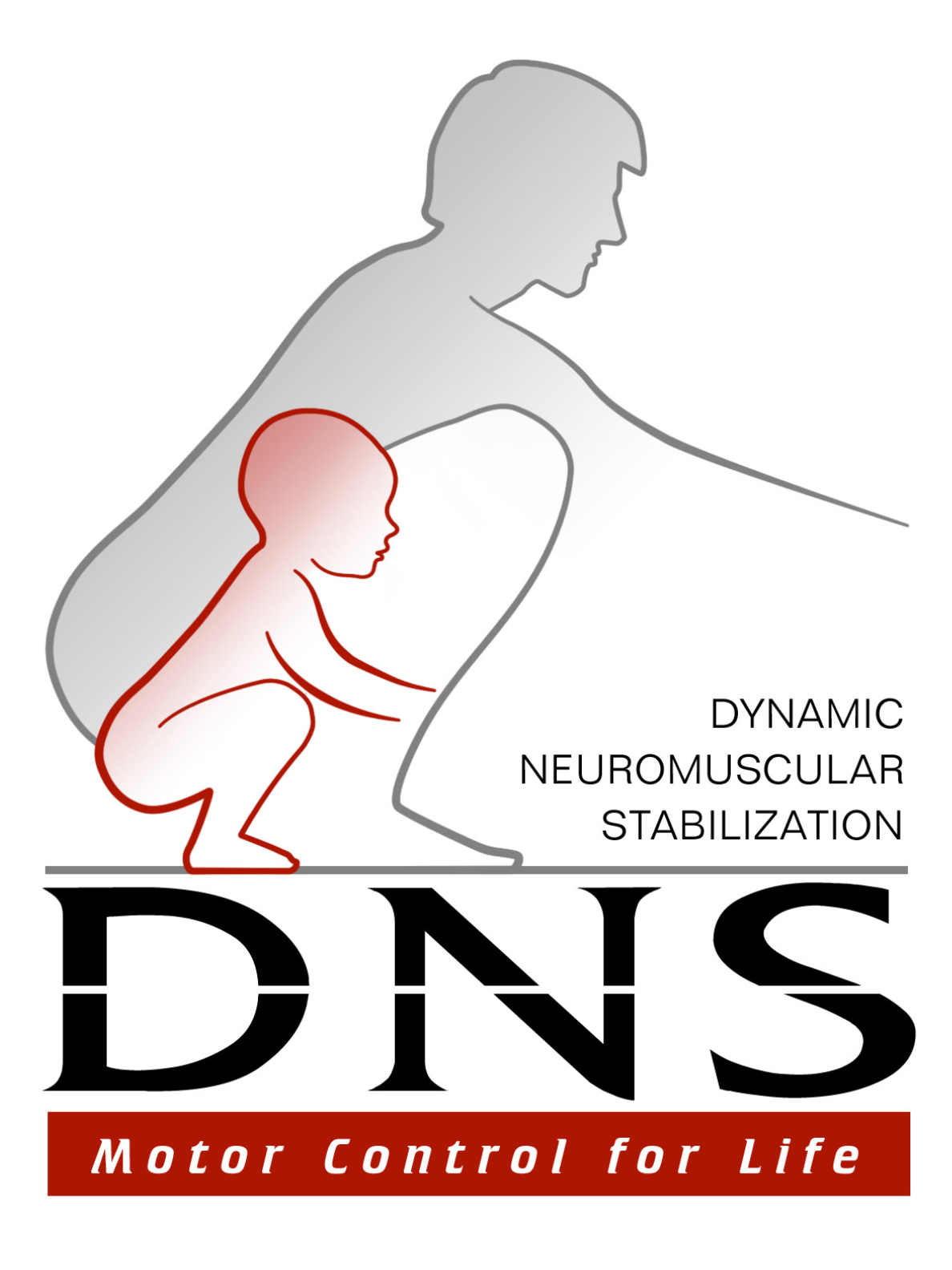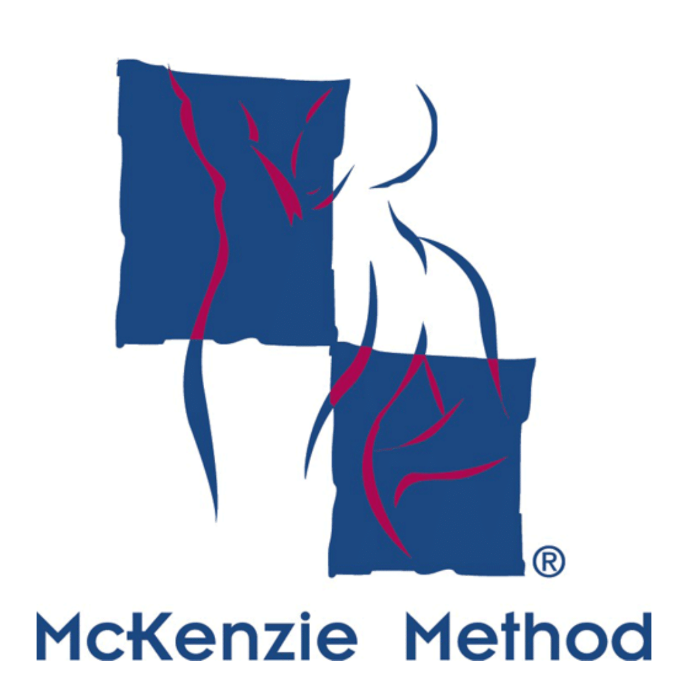WHAT WE DO
Our Specialties
Primary Spine Practitioner
A Primary Spine Practitioner (PSP) is a healthcare professional who has undergone specialized training in the assessment, diagnosis, and management of musculoskeletal conditions affecting the spine. Dr. Barb received her PSP designation through the University of Pittsburg School of Heath and Rehabilitation in January of 2021.
Overall, using a Primary Spine Practitioner can provide numerous benefits for patients with musculoskeletal conditions affecting the spine. By working with a PSP, patients can receive expert care that is tailored to their specific needs, which can lead to better outcomes and improved quality of life.
HERE ARE SOME POTENTIAL BENEFITS OF USING A PRIMARY SPINE PRACTITIONER
1. Expertise in spine care: Dr. Barb has undergone specialized training in managing conditions of the spine. She provides a comprehensive approach to diagnosis and treatment that considers the whole person, not just their symptoms. Conditions that respond well to this approach include: Spinal Stenosis, Sciatica, pain that refers down the arm or leg, and arthritis of the knee, hip or spine.
2. Improved outcomes that are cost-effective: Studies have shown that patients who receive care from a Primary Spine Practitioner experience better outcomes in terms of pain relief, functional improvement, and satisfaction with their care. Dr. Barb utilizes evidenced based treatments including The McKenzie Method that has shown to be very effective in treating the spine. She is conservative with her care plans and does not schedule excessive unnecessary treatments. Her care plans include unique movements and exercises that can be done at home to enhance the work completed in the office.
3. Prevention of future problems: Dr. Barb collaborates with her patients to develop personalized plans that can help prevent future spine problems from occurring. She works from the knowledge gained from the assessment, patient goals and best practices gained from the evidence. This can include exercises, lifestyle modifications, and other strategies that can improve spine health and reduce the risk of future injury.
Mechanical Diagnosis and Therapy & Dynamic Neuromuscular Stabilization

Mechanical Diagnosis and Therapy (MDT) and Dynamic Neuromuscular Stabilization (DNS) are two distinct approaches to the assessment and treatment of musculoskeletal conditions, and they can be used together or separately depending on your individual needs.
MDT is a system of assessment and treatment for musculoskeletal conditions that is based on the principles of mechanical diagnosis. It involves a thorough evaluation of an individual’s symptoms and physical presentation to identify the underlying mechanical cause of current or chronic symptoms. This assessment process involves repeated movements and sustained positions to determine your response to these positions and movements. Once the underlying mechanical cause is identified, specific exercises and manual therapy techniques are used to address the problem and restore function.
DNS, on the other hand, is an approach that emphasizes the importance of proper movement patterns, breathing, and core stability in the treatment of musculoskeletal conditions. DNS is based on the idea that our movement patterns are influenced by the way our neuromuscular system develops from infancy, which provides a foundation for proper movement and posture. DNS uses a series of developmental positions and movements to help patients activate their intrinsic stabilization system and improve movement patterns.
Soft Tissue Mobilization
& Chiropractic
Manipulative Therapy

Additional Treatment Modalities
Soft tissue mobilization involves manual techniques such as massage, stretching, and trigger point therapy, which are used to improve soft tissue function and reduce pain and stiffness.
Chiropractic manipulative therapy, on the other hand, involves the manipulation of joints in the spine and other areas of the body to improve joint function and reduce pain and inflammation. When these two therapies are combined, they can provide a synergistic effect that can enhance the overall effectiveness of the treatment.
Some potential benefits of combining soft tissue mobilization and chiropractic manipulative therapy may include:
1. Improved range of motion: Soft tissue mobilization can help to loosen tight muscles and improve flexibility, while chiropractic manipulative therapy can help to restore normal joint movement. Together, these therapies can help to improve range of motion and reduce stiffness.
2. Reduced pain: Both soft tissue mobilization and chiropractic manipulative therapy have been shown to be effective in reducing pain. When used together, they can provide a more comprehensive approach to pain relief.
3. Faster recovery: Soft tissue mobilization and chiropractic manipulative therapy can help to improve circulation, reduce inflammation, and promote healing. When used together, they may help to speed up the recovery process.
4. Improved function: By improving soft tissue function and joint mobility, soft tissue mobilization and chiropractic manipulative therapy can help to improve overall function and performance.
GET IN TOUCH
WITH US
Hours
- Monday
- -
- Tuesday
- Closed
- Wednesday
- -
- Thursday
- Closed
- Friday
- -
- Saturday
- Appointment Only
- Sunday
- Closed
